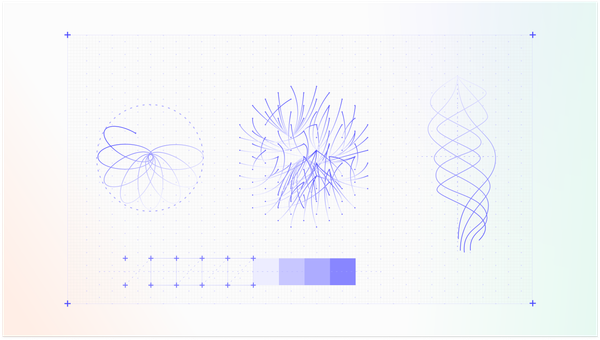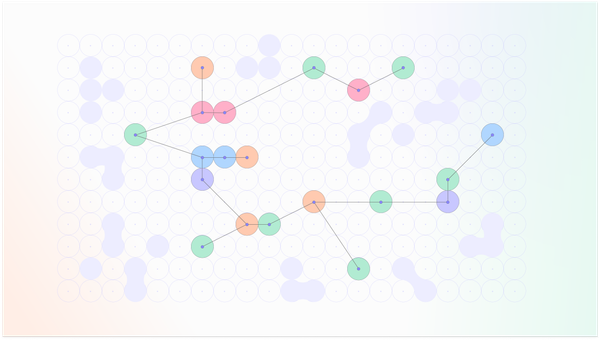Why Well-Documented, Use-Case Specific Data is Key to AI Model Success
Large Language Models (LLMs) are revolutionizing software development, yet their non-deterministic nature can present challenges when deployed in real-world scenarios. As organizations transition from proof-of-concept to full deployment, they often face unforeseen obstacles that demand innovative, user-centered solutions.
Consider this scenario: A healthcare startup implemented an LLM to assist with patient inquiries. The initial demonstration wowed stakeholders, but post-deployment, the model began to struggle. As it interacted with a broader, more diverse patient base, the LLM faltered in handling cultural nuances, contextual understanding, and medical device descriptions. This example highlights the need for continuous refinement, as initial success doesn’t always guarantee long-term performance across diverse user scenarios.
This is where robust systems for collecting and analyzing user feedback become essential. Effective feedback mechanisms need to capture not only metadata but also detailed instances of the model’s successes and failures. Understanding the nuances of user interactions—when, where, and how they occur—provides invaluable insights for ongoing improvement.
Well-documented, qualitative data tailored to specific use cases is crucial for the continuous improvement of LLM products throughout their lifecycle.
The Role of Research Across the LLM Product Lifecycle
Incorporating user research at every stage of the LLM product lifecycle is key to creating applications that not only work but also resonate with users. Actively involving users helps teams navigate challenges and enhance the overall experience.
Here’s how user research fits into an AI-enhanced product lifecycle:
- Proof of Concept: Identifies viable use cases and validates initial capabilities.
- Development: Informs fine-tuning strategies and integration approaches.
- Deployment: Uncovers unexpected patterns and limitations through real-world user interactions.
- Continuous Improvement: Drives iterative enhancements based on ongoing feedback and performance monitoring.
By embedding user research into each phase, organizations can create LLM applications that are not only responsive to user needs but also fine-tuned for long-term success.
Leveraging High-Quality Feedback
User feedback is the cornerstone of techniques like Reinforcement Learning from Human Feedback (RLHF)—a process that keeps LLMs aligned with evolving user needs. Regularly incorporating this feedback helps combat model drift—the gradual degradation of model performance over time due to changes in language patterns or user behavior. Continuous refinement ensures that LLM applications remain relevant, effective, and responsive in dynamic environments.
Integrating a Seamless Feedback Loop
An effective feedback system should feel like a natural extension of the user experience. In-app prompts for rating responses, options to flag errors, and targeted surveys can gather valuable insights without disrupting workflow. By implementing this feedback loop and analyzing this data, teams can identify trends, recurring issues, and opportunities for improvement. This data-driven fine-tuning allows LLMs to adapt and thrive in real-world scenarios.
Beyond Model Refinement
A comprehensive feedback loop does more than just refine models; it uncovers new use cases, suggests potential features, and informs UI adjustments based on user preferences. Moreover, this incoming data plays a critical role in identifying and addressing biases or ethical concerns within model outputs. Building responsible AI practices that align with user values is key to maintaining trust and ensuring long-term success.
The Competitive Edge
The ability to adapt and continuously improve is what will set industry leaders apart in the age of AI. Companies that invest in robust user research and feedback systems will deliver greater value to their users, maintain trust through responsive, user-centric development, and stay ahead of competitors.
At Pulse Labs, we understand the importance of feedback-driven refinement. Our UX solutions empower organizations to build seamless feedback loops with tools for collecting, analyzing, and applying user insights across diverse interaction points. Our AI data operations platform enables large-scale, real-time data capture from verified users, prompt testing, and model benchmarking delivering rich, actionable insights directly from your target audience. Together, these tools lay the foundation for ongoing model refinement, ensuring your LLM applications not only perform well but deeply resonate with users.
By embracing a user-centric approach to LLM deployment and continuous improvement, organizations can unlock the full potential of this transformative technology, resulting in applications that truly empower and engage users.








Member discussion